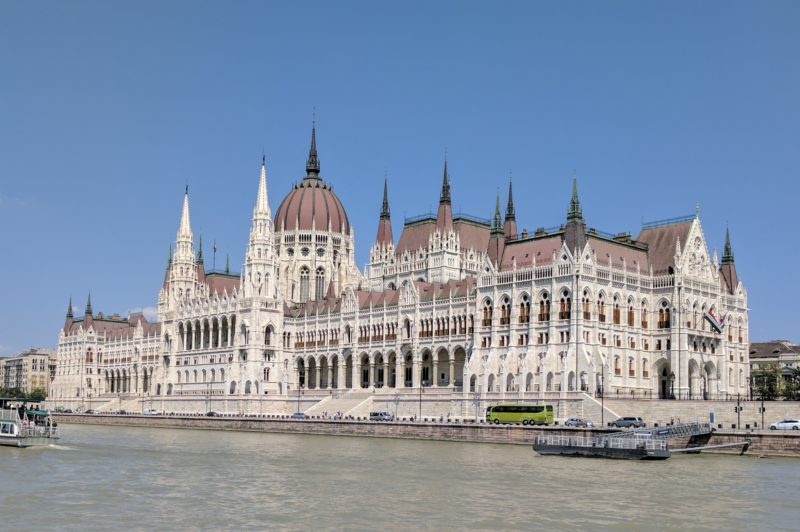
There were days in Budapest that I swore the rubber soles of my shoes were melting into the pavement as each step became more and more challenging; as if I had wads of gum stuck to the bottom of my shoes. A global heatwave named Lucifer enveloped Europe and it caught up with us the day we arrived in Budapest. We could feel it as soon as we stepped out of the Keleti Train Station.
Lucifer’s Heat in Budapest
I will forever more remember Budapest as being fairy-tale beautiful and hellaciously hot. So damn hot that it made sightseeing an exercise in fortitude. An exercise I failed miserably as I don’t do well in extreme heat. I think if it had been up to me I would have never left the air-conditioned apartment, but fortunately, Abi held me up and we carried forward to see the amazing city. We learned to get up and out early, hide out in the highest temps of the afternoons, and then venture back out after the sun set. It was still hot, but survivable.
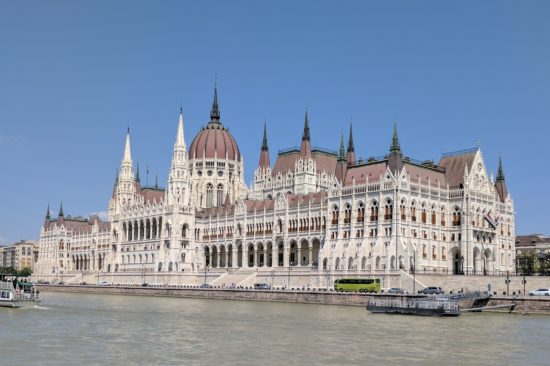
Spring or Fall
We wouldn’t mind returning to Budapest in early spring or late fall in an effort to experience the city without feeling as if we were eggs frying on the sidewalk, but I don’t believe you’ll find us in Budapest again during the summer months. But, with all of that being said, did we enjoy Budapest? Absolutely!
Budapest Captured our Hearts
There were definite moments in Budapest that captured our hearts. The sunsets were stunning and a night boat ride on the Danube is not to be missed as the lights are dazzling and definitely fairy-tale worthy. And, it can be said that even on the hottest of days, the same boat ride during the day can cast a welcome breeze.
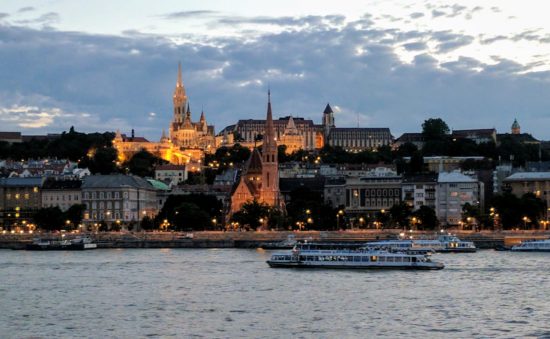
Budapest
The history of Budapest is a key piece of the puzzles when it comes to exploring the city and recognizing the impact of Nazi Germany, followed by decades of the Soviet occupation of Hungary. In 1989 the communist rule came to an end and Hungary to this day is finding it’s way. We picked up bits and pieces of the country’s history as we explored, but it’s long and complicated and there’s only so much one can absorb without seriously diving in to the history books – or Google. Budapest is a city of living history.
The Dohany Street Synagogue
The Dohany Street Synagogue was definitely an unexpected highlight. I should insert here that Hungary does not use the Euro even though it is a member of the EU. They have what I like to call a monetary system that has 5,000 of something that only equals maybe 50 cents. I don’t even try to understand it, I leave that to the CFO of our little organization.
But, when it’s hot as hell and you just want to get inside because foolishly you’re hoping it might be cooler, you pay the admission fee without really thinking about it, only to discover that you just paid about $27 to visit a Synagogue. No disrespect to the synagogue but holy crap! Sometimes though, it’s good not to know too much because had we not paid the price of admission, we would have missed so much.
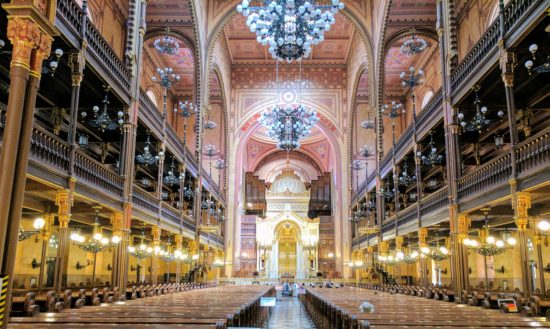
Take the Tour!
Along with the pricey admission ticket came a “free” guided tour in English – and pretty much any other language. But here’s where we let go of how much it cost to enter the synagogue because our guide was wonderfully personable, knowledgeable and spoke from his heart. He not only explained the history of the synagogue, he told of the impact of Nazism on Hungarian Jews, but also the story of his family.
His Story
After the liberation of Hungary, by the Soviet’s, our guide’s great grandfather destroyed all of his family’s documents – i.e. birth certificates, etc. – and he joined the Communist party out of fear that history would repeat itself. He wanted to protect the future generations of his family and because of this, our guide did not know he was Jewish until he was 15 when his grandmother revealed the long-held family secret. Take that in for a moment.
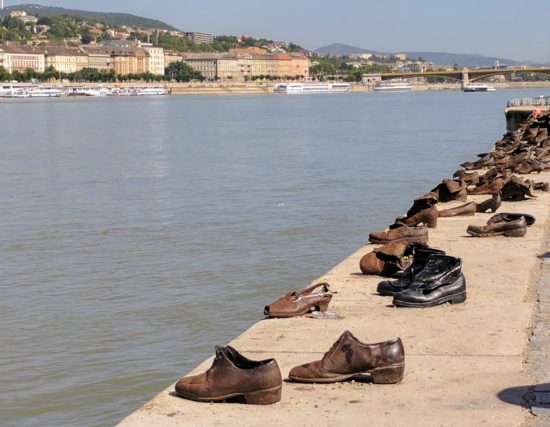
The Shoe Memorial
We knew of the shoes through the writings of others and it was definitely a must see for us. While on tour in the synagogue our guide told us the story of the shoes. During the Nazi occupation Arrow Cross Militiamen would force people from the ghetto and march them to the banks of the River Danube, at which time they were made to remove all of their clothing. Randomly shooting some of those lined along the bank, the murdered bodies fell into the river, while those remaining watched in fear. It was a common practice, psychological warfare.
The shoe memorial was erected in 2005 and although it is simple in design, it is powerful beyond words. It was a moment that will stay with us forever.
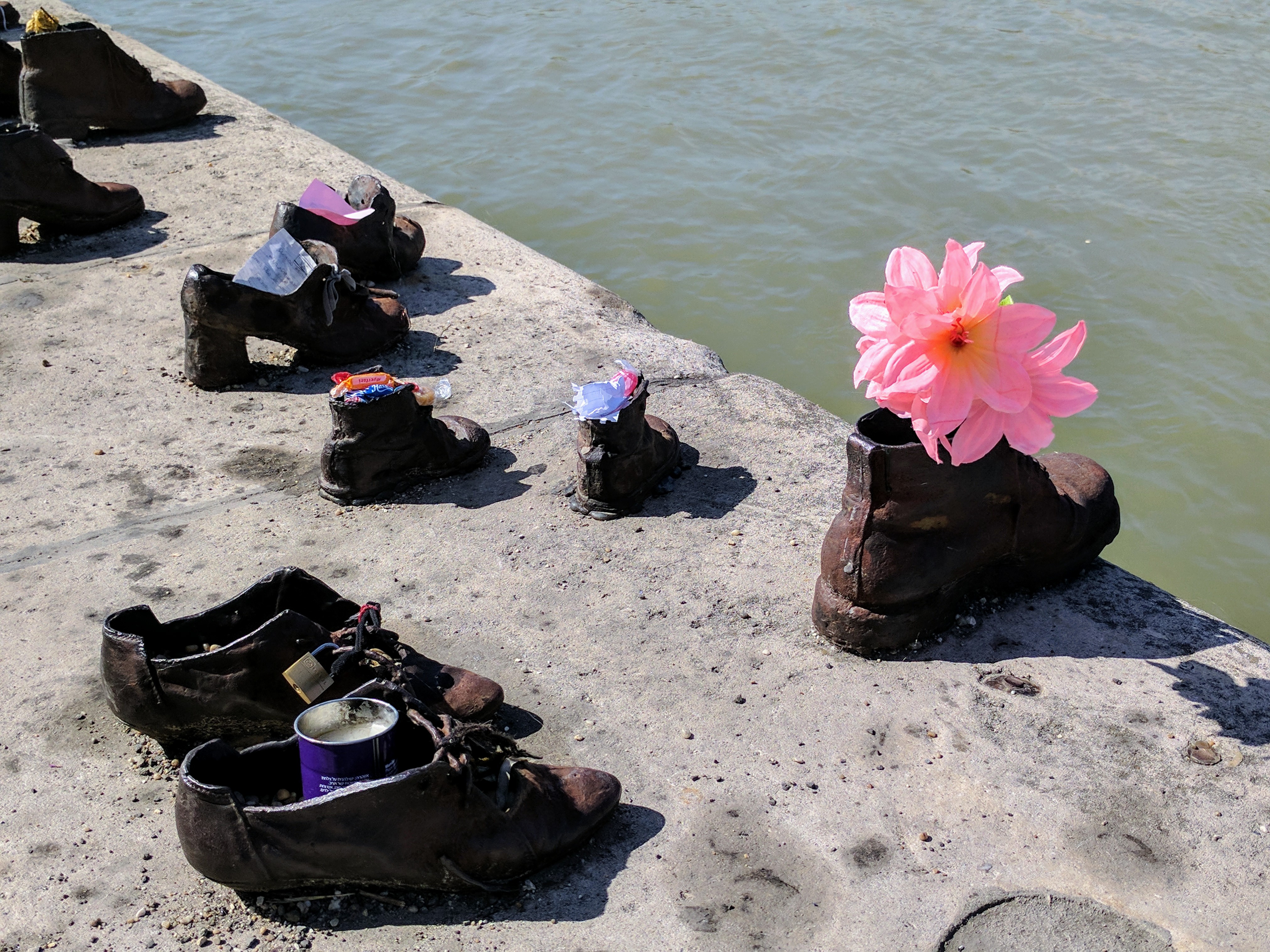
History Repeats Itself
What I find mind-numbing is that history continues to repeat itself. Society seemingly never learns from past tragedies, at least not having learned enough to move forward in peaceful acceptance. This is what travel teaches us. I can read about the shoe memorial and memorize the facts, but to actually stand alongside the River Danube trying to imagine the horror that took place in that very spot is a lesson well-learned. As the global daily headlines report of continued bigotry and hate, it just drives home the point that history does indeed repeat itself.
But I digress. Budapest is all kinds of fabulous. If you find yourself with an opportunity to visit this city don’t pass it by. Just check the weather forecast first!
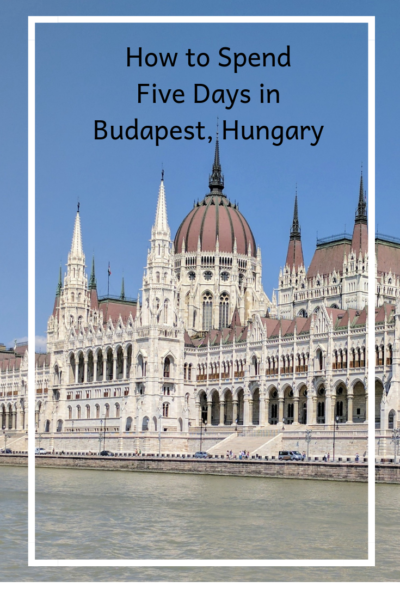





















 #postcardsfromthewo
#postcardsfromthewo





 New post on blog, link in
New post on blog, link in 






I felt the heat from here Patti….well done for persevering. I have never visited Budapest, it is on my list. I will take note of your advice and visit it in the shoulder season. I enjoyed your video of the Danube cruise, will definitely want to do that
Gilda Baxter recently posted…Thoughts On Early Retirement
Definitely visit in the shoulder season, Gilda. It really is a fairy tale city and well-worth visiting.
I know exactly what you mean when you write about the lessons that travels teaches us and those times when the history we’ve learned comes together with a place we’re visiting into a powerful, “It happened right here!” moment. Your visit to the synagogue and tour with the guide who hadn’t been told he was Jewish until he was 15 reminded me of reading “Prague Winter” by Madeleine Albright who wrote she didn’t find out she was Jewish and that members of her family were murdered in the Holocaust until she was vetted by Congress for the US Secretary of State post. How sad to have to hide a whole family history and religious heritage in order to survive. The Shoe Memorial” is so starkly simple and yet, so damn heartbreaking.

Anita @ No Particular Place To Go recently posted…A Rant-A-Thon From a US and a Canadian Expat: Bureaucratic Contortions
Yes. Sometimes I look at Abi and embrace the moment, such as we’re cruising on the Danube River, or we’re riding a train through the Slovenian countryside or, more powerful moments such as standing on the bank of the Danube next to the shoes and bearing witness. I’m an avid reader, but when possible walking in the path of those who walked before us is the greatest teacher.
Such a shame about the heat wave. We were there two years ago in the middle of August and had very comfortable weather, with the exception of one overcast day and a light rain which interfered with photos. Shoes on the Danube is quite a moving tribute to victims of the holocaust, and the synagogue was also a highlight of our trip. Just around the corner from the synagogue is a wonderful restaurant; the Blue Rose, which serves authentic and very inexpensive Hungarian food. I mention that for your readers who might be traveling to Budapest in the future. We walked across the Chain Bridge and climbed a gazillion steps to the castle, which I recall being quite taxing. I suppose that might have been out of the question in that heat, or maybe you took the funicular??. Anyway, really enjoyed reliving my experience in Budapest through your post. Where to next??
Oh yes, we climbed those gazillion steps! We did it backwards, we climbed up and rode the funicular down! But, we headed to the palace before the intense heat of the day, so the stairs weren’t too deadly and we always had water with us.
But, we headed to the palace before the intense heat of the day, so the stairs weren’t too deadly and we always had water with us.
Thanks for the tip about the Blue Rose. We also enjoyed a fantastic Hungarian buffet at the Trofea Grill right at the end of the Margaret Bridge, but we ate way too much food, but oh man it was good!
We are currently in Ljubljana.
Thank you Patti for introducing us to this memorial in Budapest. It is interesting how some memorials succeed at keeping alive the memory of horrendous events. This Shoe Memorial is probably more evocative and powerful than a well curated museum with reams of data and facts. When a memorial allows individuals to “step into the shoes” of others, then it can really be impactful.
Peta & Ben
Thank you for reading Peta & Ben and for continuing to follow our journey. Funny you mention “step into the shoes” because while we were at the memorial, a young woman attempted to place her foot in one of the shoes, but her foot did not fit. We asked ourselves if she was literally trying to walk in the path, or was she just goofing around. We’ll never know but we like to think it was the former. But I read somewhere that a large population of the city does not even know the memorial is there, or the significance of it. I think this happens in so many cities, in Berlin adults and children alike were jumping from stone to stone at the Holocaust Memorial in Berlin. It can be disheartening.
Thanks for reminding us how fascinating Budapest is. Visited in September, 2014 for 3 chilly and wet days and wished we could have stayed longer. A fantastic city with so much to see and do. The Shoe Memorial was something we’ll never forget as was the House of Terror. So much evil, so much suffering and yet so much hope.
Steven and Annie
https://bergersadventures.blogspot.com/2014/09/budapest-on-914-drum-corps.html
So glad our post reminded you of your visit to Budapest. I think chilly would have been a better option than blistering heat because you can always bundle up against the chill, but you can only take off so many clothes in the heat!
Your comments about the heat and the shoes leave me pretty much speechless. Stay hydrated.

Jan recently posted…Dreams of being a Digital Nomad
Oh yes, plenty of water was consumed in the name of hydration!